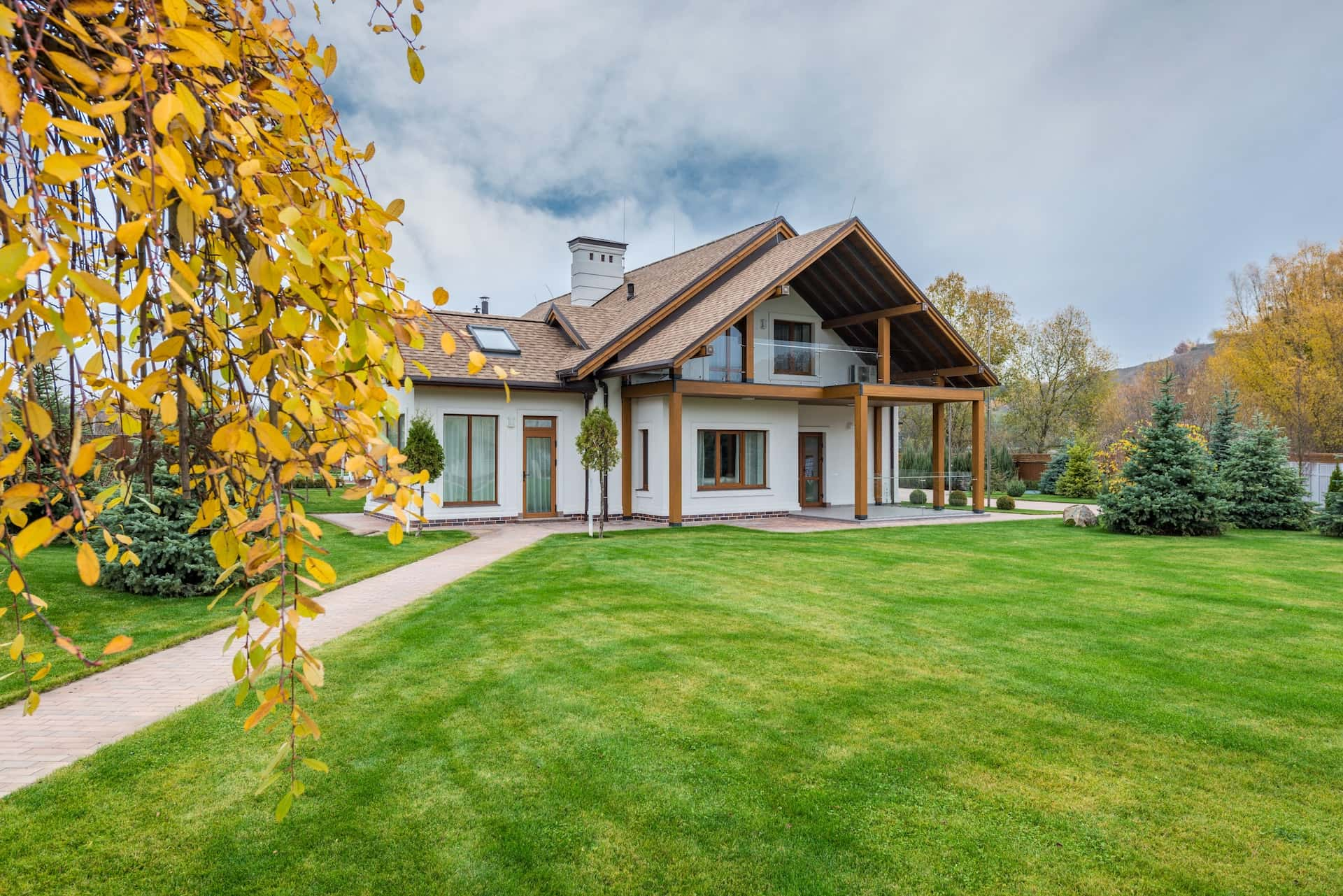
The Power of Edging: Defining and Beautifying Your Lawn Oct 05, 2025
To start, let's explore what edging actually involves. Edging refers to the process of creating defined lines and boundaries around different areas of your landscape, such as flower beds, walkways, and the lawn itself. By using tools such as spades or mechanical edgers, landscapers create crisp edges that separate grass from gardens or hardscapes like driveways and patios. This practice not only enhances the clean lines of your lawn but also prevents grass from encroaching into unwanted areas, making maintenance significantly easier.
There are several benefits to incorporating edging into your landscaping routine. First and foremost, it creates a visually pleasing distinction between different areas of your garden, providing a professional and polished look. For example, a well-edged lawn offers a crisp, neat appearance that highlights the lush green of your grass against the vibrant colors of your flower beds. This clear separation draws the eye and creates a sense of order and calm.
In addition to aesthetics, edging is practical. It acts as a barrier that helps prevent the migration of mulch, soil, or gravel onto your lawn, keeping these materials where they belong. This containment not only conserves these materials but also saves you time and effort in maintenance. Furthermore, well-defined edges can help improve the efficiency of your irrigation system by ensuring water is properly directed and absorbed where it’s needed most.
When considering edging materials, there are several options, each bringing its own character to your garden design. Traditional choices like wood, stone, and metal offer durability and distinct styles that can complement the architecture of your home. For a more organic approach, consider a natural trench edge, which seamlessly integrates with the garden's natural elements. The choice of material should align with your aesthetic preferences and the overall design plan of your landscape.
Installing edging is straightforward, yet precision is key. Begin by mapping out the areas you wish to define, then use an appropriate tool to cut into the turf and create distinct borders. Depending on the material chosen, this can involve embedding bricks or stones, or setting metal strips into the ground.
The benefits of edging extend beyond initial installation. A well-edged lawn is easier to mow, as the mower can navigate the edges more effectively without the risk of damaging flower beds or other delicate areas. This leads to a tidy, uniform appearance with minimal extra effort.
In conclusion, edging is an essential component of landscape design that goes beyond mere aesthetics. By creating clean, defined borders, it enhances the beauty of your lawn and simplifies its care. At Landscape Design & Lawncare, we are dedicated to helping you achieve a lawn that is both beautiful and functional. Whether you’re updating existing borders or creating new ones, consider the power of edging as your first step toward a stunning outdoor space.
/filters:no_upscale()/media/380927a3-6216-4e99-a19a-1b648dd68add.jpeg)
/filters:no_upscale()/filters:format(webp)/media/5f97a301-bb1a-4335-8952-938b7b33fc1c.jpeg)